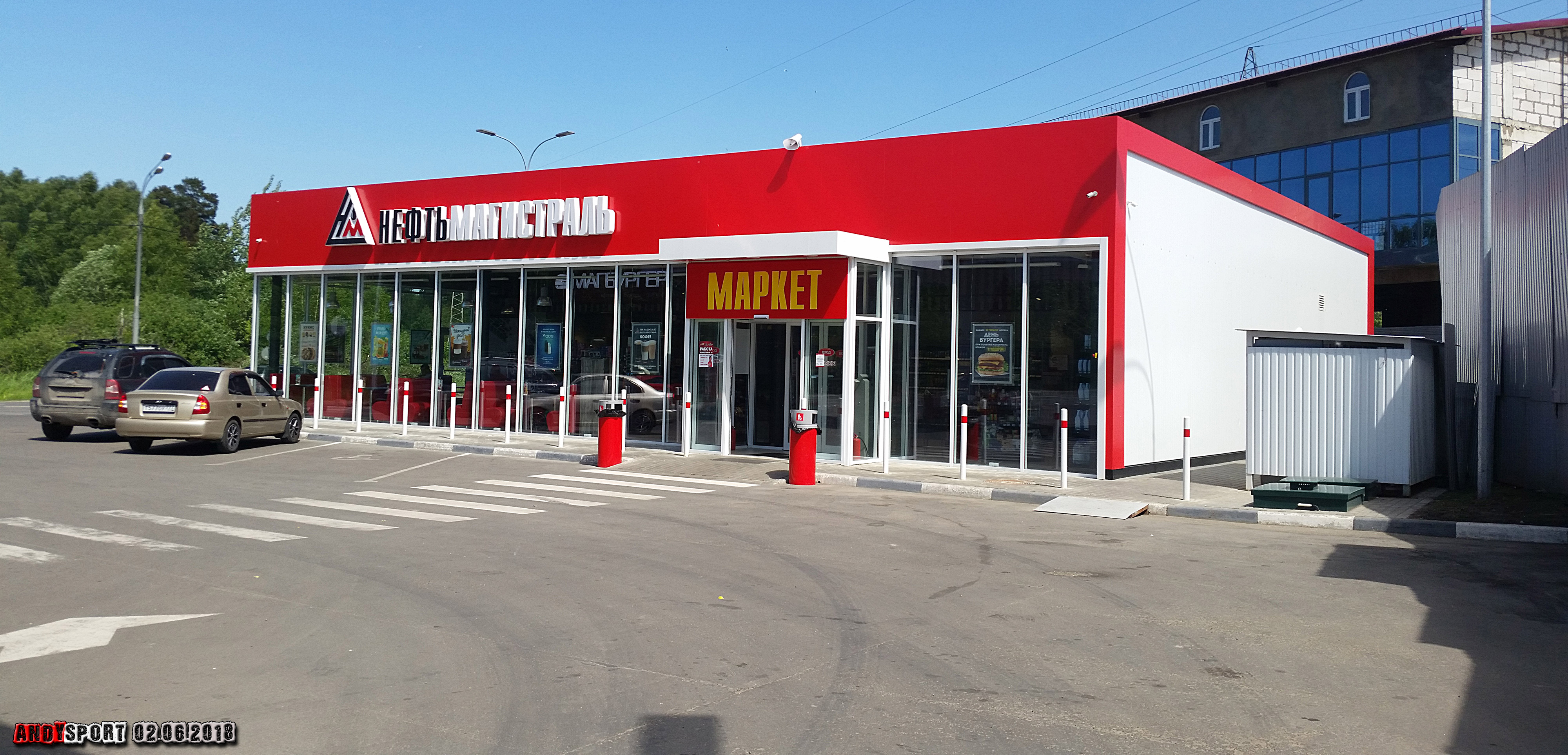BTK Drawings: Unveiling The Art Of True Crime Fascination
True crime enthusiasts around the globe have been captivated by BTK drawings, a dark yet intriguing glimpse into the mind of one of America’s most notorious serial killers. Dennis Rader, known as the BTK Killer, left behind a trail of cryptic messages and chilling artwork during his reign of terror in the 1970s and 1980s. These drawings, often cryptic and unsettling, have become a cornerstone of true crime discussions, offering a window into the twisted psyche of a murderer who haunted Wichita, Kansas, for decades. So, buckle up, because we're diving deep into the world of BTK drawings, and trust me, it’s not for the faint of heart.
Now, you might be wondering, why are BTK drawings so significant? It’s not just about the art itself but what it represents. These sketches are more than doodles; they’re psychological artifacts that reveal the inner workings of a killer’s mind. They’ve been studied by criminologists, artists, and true crime aficionados alike, sparking debates about their meaning and purpose. Whether you’re here out of morbid curiosity or a genuine interest in criminal psychology, you’re in the right place.
Before we dive deeper, let’s set the stage. BTK, which stands for "Bind, Torture, Kill," was more than just a nickname—it was a chilling declaration of intent. Dennis Rader’s drawings were part of his twisted communication with law enforcement and the media. These images weren’t just random; they were carefully crafted to taunt, manipulate, and even provide clues. So, let’s break it down and explore why these drawings have become such a pivotal piece of true crime history.
Table of Contents
- The History of BTK Drawings
- Psychology Behind the Art
- Famous BTK Drawings
- Cryptic Messages in the Art
- Art Analysis: What Do They Mean?
- Biography of Dennis Rader
- Impact on True Crime Culture
- Role in the Investigation
- Controversy Surrounding the Drawings
- Conclusion: Why BTK Drawings Matter
The History of BTK Drawings
Let’s rewind the clock and take a trip back to the 1970s and 1980s, when the city of Wichita was gripped by fear. Dennis Rader, the man behind the BTK moniker, left behind a series of murders that baffled investigators for years. But what made his case unique wasn’t just the murders themselves—it was the way he communicated with the authorities. Rader wasn’t shy about his crimes; in fact, he reveled in them. And one of his favorite methods of communication? You guessed it—BTK drawings.
These sketches weren’t just random doodles. They were meticulously crafted pieces of art that served multiple purposes. Some were meant to taunt the police, while others provided clues—or at least what Rader wanted the police to believe were clues. The drawings were sent to newspapers, police departments, and even directly to victims’ families. They were like breadcrumbs, leading investigators down a twisted path that seemed to have no end.
But why did Rader choose to use drawings? Well, it wasn’t just about leaving a mark; it was about control. By sending these images, Rader was asserting dominance over the investigation. He was saying, "I’m in charge here, and you’ll never catch me." It was a game, and unfortunately, it was a deadly one.
Early Drawings: The First Clues
When Rader first started sending his drawings, investigators were baffled. These weren’t just stick figures or crude sketches; they were detailed, sometimes even artistic. One of the earliest drawings depicted a noose, symbolizing the method he used to kill his victims. It was a chilling reminder of his modus operandi and a clear warning to those who dared to investigate him.
But the drawings weren’t just about the murders. They also provided glimpses into Rader’s psyche. Some depicted scenes of bondage, while others showed his victims in various states of distress. These images were more than just visual representations of his crimes; they were windows into his twisted mind. They showed his obsession with control, his need for power, and his inability to empathize with his victims.
Psychology Behind the Art
Now, let’s talk about the psychology behind BTK drawings. This is where things get really interesting—or disturbing, depending on how you look at it. Psychologists and criminologists have studied these sketches extensively, trying to understand what they reveal about Dennis Rader’s mind. And let me tell you, it’s not pretty.
One of the key things these drawings reveal is Rader’s need for control. In many of the sketches, you’ll notice that the victims are depicted as being bound or restrained. This reflects Rader’s obsession with domination and his desire to have complete power over his victims. It’s not just about the act of killing; it’s about the process leading up to it. The drawings show that Rader derived pleasure from the act of control itself.
Another interesting aspect is the level of detail in the drawings. Some of them are incredibly detailed, almost artistic. This suggests that Rader had some artistic talent, but more importantly, it shows his attention to detail. He wasn’t just creating random images; he was crafting carefully thought-out pieces of art that told a story. This level of detail is often seen in individuals with obsessive-compulsive tendencies, which Rader certainly exhibited.
Art as Communication
But here’s the thing: these drawings weren’t just for Rader’s own amusement. They were a form of communication. By sending them to the authorities, Rader was saying, "Look what I’ve done. Look what I’m capable of." It was a way of keeping his name in the public eye and ensuring that he wasn’t forgotten. In a twisted way, he was using art as a form of self-expression. And let’s be honest, that’s pretty messed up.
Famous BTK Drawings
Now, let’s take a look at some of the most famous BTK drawings. These are the ones that have captured the imagination of true crime enthusiasts and have been studied extensively by experts. Each one tells a story, and each one offers a glimpse into the mind of a killer.
- The Noose Drawing: One of the earliest drawings sent by Rader, this image depicted a noose, symbolizing his preferred method of killing. It was a stark reminder of his crimes and a clear warning to investigators.
- The Bound Victim Drawing: This sketch showed a victim bound and gagged, emphasizing Rader’s obsession with control and domination. It was one of the most chilling images he sent and sparked intense debate among experts.
- The Map Drawing: In one of his more cryptic messages, Rader sent a map that supposedly led to the location of one of his victims. It was a game of cat and mouse, and unfortunately, the authorities never found the body.
Cryptic Messages in the Art
But it’s not just the images themselves that are fascinating; it’s the messages hidden within them. Rader was a master of cryptic communication, and his drawings were no exception. Many of them contained hidden clues or codes that he hoped would stump the authorities. Some experts believe that these messages were Rader’s way of testing the intelligence of the investigators, while others think they were just another form of manipulation.
One of the most intriguing aspects of these messages is the way they were written. Rader often used a combination of letters, numbers, and symbols, creating a code that was difficult to decipher. Some experts have spent years trying to unravel these codes, and while some have been partially decoded, many remain a mystery.
Art Analysis: What Do They Mean?
So, what do these drawings really mean? That’s the million-dollar question, isn’t it? Experts have offered various interpretations, but the truth is, we may never fully understand the mind of Dennis Rader. However, by analyzing the drawings, we can gain some insight into his motivations and psyche.
One theory is that the drawings were a form of therapy for Rader. By creating these images, he was able to process his thoughts and emotions in a way that was safe for him. It allowed him to express his darkest desires without actually acting on them. Of course, this doesn’t excuse his actions, but it does offer a glimpse into his mental state.
Another theory is that the drawings were a form of self-expression. Rader was a man who craved attention, and by sending these images, he was ensuring that he remained in the public eye. It was his way of saying, "I’m still here, and I’m still in control."
Biography of Dennis Rader
Before we move on, let’s take a moment to look at the man behind the drawings. Dennis Rader was born on March 9, 1945, in Wichita, Kansas. He grew up in a seemingly normal family and even attended church regularly. But beneath the surface, there was a darkness that would eventually come to light.
| Full Name | Dennis Lynn Rader |
|---|---|
| Birthdate | March 9, 1945 |
| Place of Birth | Wichita, Kansas |
| Occupation | City Compliance Officer |
| Crime Alias | BTK Killer |
Rader’s crimes spanned over a decade, and he wasn’t caught until 2005. During that time, he managed to maintain a normal life, even serving as a church sexton and a Boy Scout leader. It was a façade that fooled many, but ultimately, it couldn’t last forever.
Impact on True Crime Culture
Now, let’s talk about the impact of BTK drawings on true crime culture. These images have become iconic in the world of true crime, inspiring books, documentaries, and even movies. They’ve sparked countless discussions and debates, and they’ve helped shape the way we view serial killers and their crimes.
But it’s not just about the art itself; it’s about what it represents. These drawings are a reminder of the darkness that exists in the world and the importance of understanding it. They challenge us to confront our own fears and to seek justice for those who have been wronged.
Modern Impact: True Crime and Beyond
In today’s world, true crime has become a cultural phenomenon, and BTK drawings have played a significant role in that. They’ve inspired a new generation of true crime enthusiasts and have helped to shed light on the importance of criminal psychology. By studying these drawings, we can gain a better understanding of the minds of serial killers and, hopefully, prevent future crimes.
Role in the Investigation
Finally, let’s talk about the role of BTK drawings in the investigation. These images weren’t just macabre pieces of art; they were crucial pieces of evidence. They helped investigators understand Rader’s methods and motivations, and they provided clues that eventually led to his capture.
But the drawings also had a darker side. They were used by Rader to manipulate and taunt the authorities, prolonging the investigation and causing unnecessary fear in the community. It was a game of cat and mouse, and unfortunately, it cost several lives.
Forensic Analysis: How They Helped
Forensic analysts played a key role in deciphering the messages hidden within the drawings. By studying the details and decoding the symbols, they were able to piece together a clearer picture of Rader’s crimes. This information was instrumental in building the case against him and ultimately led to his conviction.
Controversy Surrounding the Drawings
Of course, not everyone agrees on the significance of BTK drawings. Some critics argue that they glorify violence and give Rader the attention he craved. Others believe that they provide valuable insight into the mind of a killer and should be studied for educational purposes.
But regardless of where you stand on the issue, one thing is clear: these drawings have had a profound impact on true crime culture

BTK Gas station Balashikha

Btk wallpapers, Dark, HQ Btk pictures 4K Wallpapers 2019

The Most Disturbing Images and Drawings Created by Dennis Rader, the